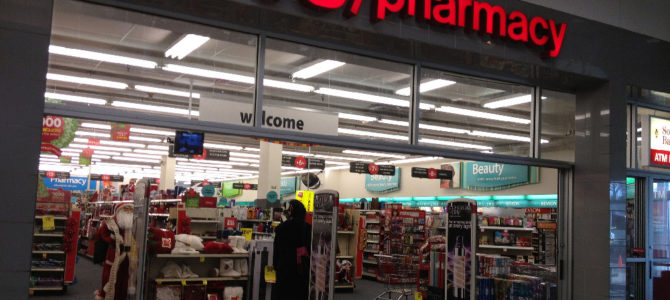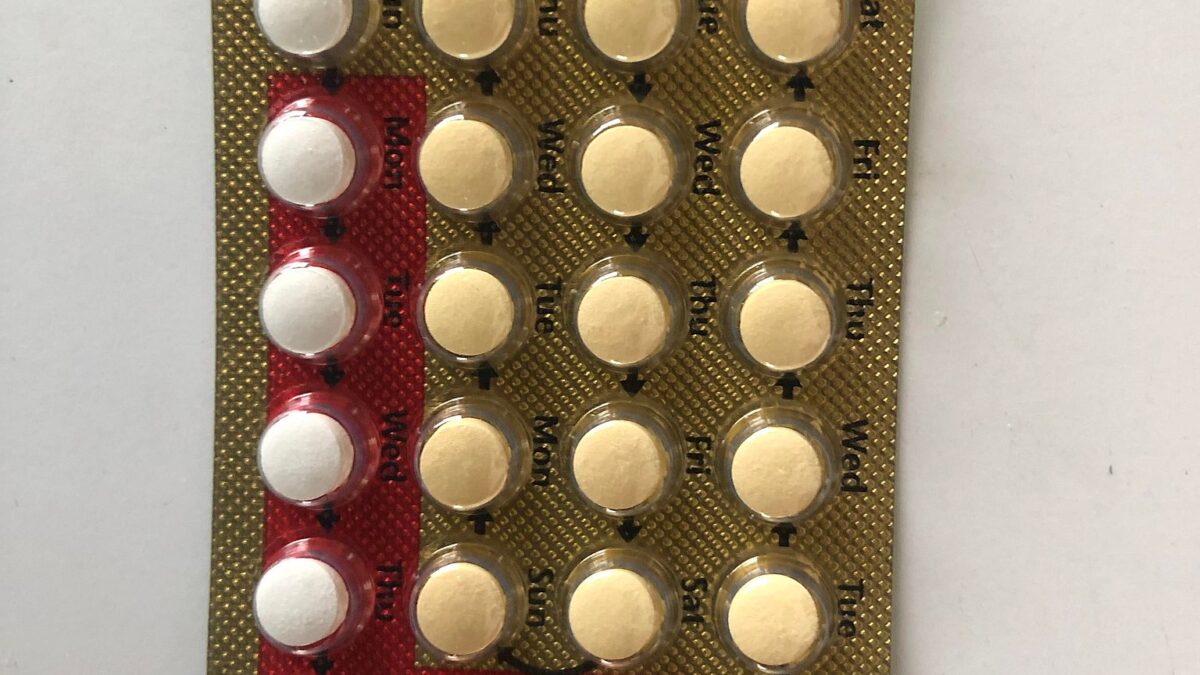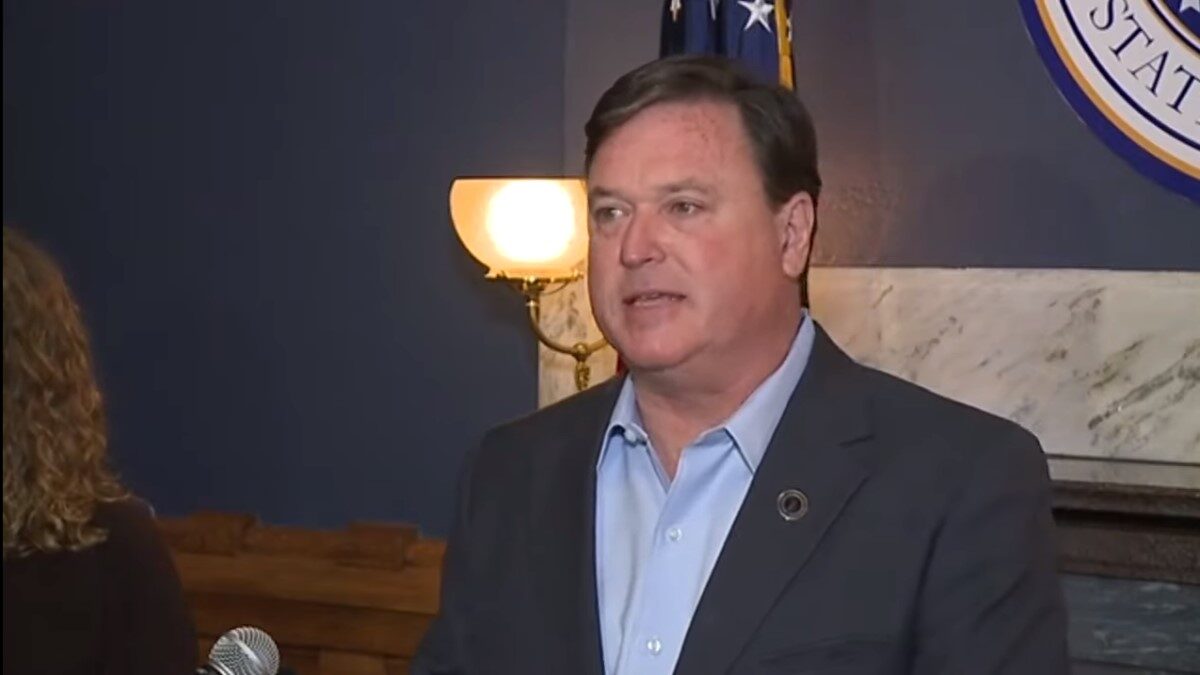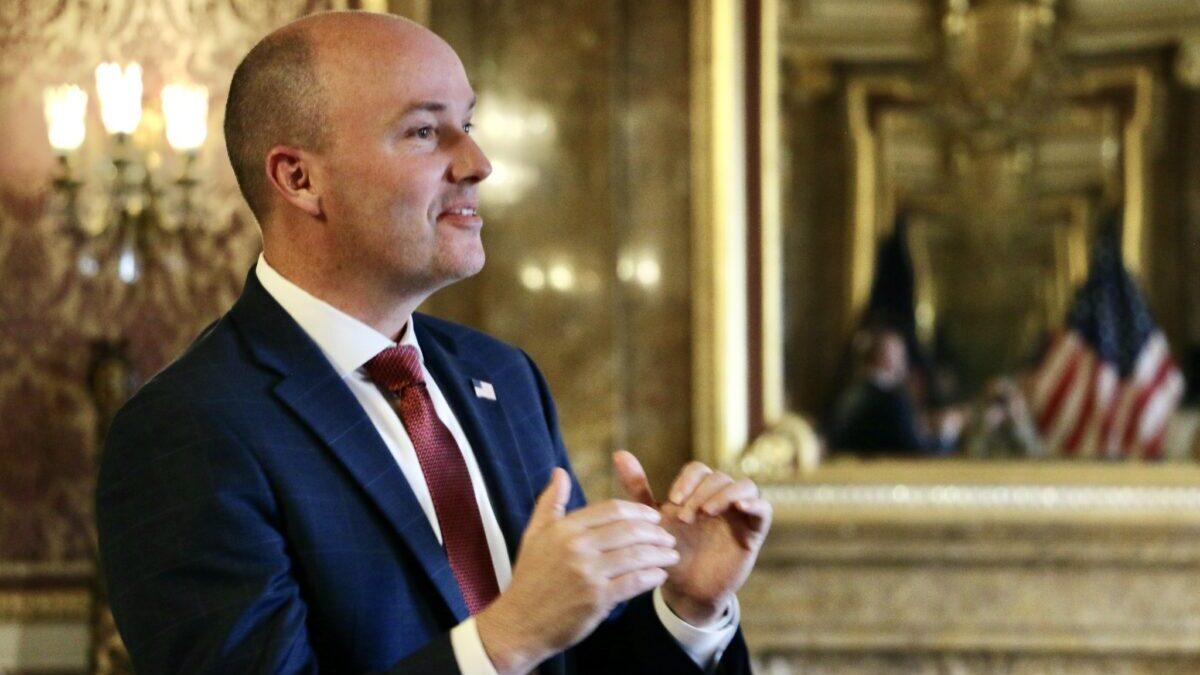
Whether it’s under the Affordable Care Act, or American Health Care Act, or Better Care Reconciliation Act, health-care is expensive. But there are a lot of things you can do today to make it less expensive.
Even though health care goes out of its way to make its pricing as opaque as possible, and even though the current debate seems to equate health insurance with health care, you can save hundreds, even thousands, of dollars tomorrow, doing the same thing you do with every other product you shop for: do your research, look and ask for discounts and coupons, and use older, generic drugs.
I was diagnosed with diabetes about a year ago. I also had what is basically a catastrophic insurance plan, meaning I would pay 100 percent out of pocket for everything (other than an annual physical) up to $3,000 in annual expenses. For me, $3,000 is three months of daycare for my son, three months of mortgage payments, and eight months of car payments, so I was in no hurry to pay that deductible. So I worked hard to see if there were any way I could get good treatment cheaper.
I know this may seem like message board spam (although I do earn thousands a month working from home—ask me how) but it’s true. While it won’t be as effective for everyone, and nearly all these steps need to be done in consultation with a doctor (not just WebMD), there are savings to be wrung out of whatever is left of the free market in health care. The keys are to understand your health, do research, and take control of your health-care decisions as best you can.
Start With Research
Doing your research is very important. Upon my initial diagnosis, I spent hours upon hours researching various diabetes treatments: what they entailed, how they worked, what substitutes were available, and what they would cost. Once I was told it was Type 2 diabetes, I decided to switch from the quick-acting insulin my endocrinologist had prescribed to a longer-lasting insulin. Fewer shots, smoother blood sugar readings, simpler treatment schedule.
Of the long-lasting insulins on the market, I decided to try Tresiba (although I work extensively with pharma and device companies, I am not compensated by any company in choosing or endorsing their products). Tresiba has similar effectiveness as the other long-lasting insulins on the market, but stays in your system slightly longer, giving me a bit more flexibility in my dosing. Also, their insulin could last a bit longer than others, meaning it was less likely to go bad before I could use it. I also saw on www.drugs.com, a website where users post reviews of their experiences with prescription drugs, that it had very few negative results.
I told my doctor I wanted to switch to this medication and why. He had heard of few issues with it, and gave me a free sample. I saw very good results compared to the treatment he initially proscribed, and have been on it for nearly a year, happy with the results, which far exceeded his expectations.
After all, my doctor sees hundreds of other patients, none of whom are me, and defaults to decisions based on his knowledge of the average patient or the most severely affected patient. Meanwhile, I am far more familiar with my personal proclivities, lifestyle, and tendencies than any doctor would be. So by doing my research then taking control of my treatment, I not only received something much more effective for my lifestyle and personal health history, but saw vastly improved results as well.
So if you are suffering from any chronic disease: diabetes, heart disease, depression, COPD, GERD, etc., don’t just default to what your doctor first put you on or recommends. Do some research, check out competitors, and decide if that medication has helped you as much as it helped in clinical trials or as much as it helped other people with the same disease and severity. Then run your reasoning by your doctor like I did to see if he or she agrees.
It also doesn’t hurt to talk to your doctor about trying one of the competitive drugs in the space. Not only might the treatment be better, but, as I found out, can also be much cheaper. Check out www.drugs.com, www.sharecare.com and, of course, www.webmd.com, to get a real handle on your condition so you are prepared when you meet with your doctor.
Get a Real Handle on Prices
Another reason to do your research is something not often discussed with prescription medications: price. Sure, they are discussed in the sense that we all agree they are too expensive (a topic for another column), but you almost never hear one being discussed pricewise versus a competitor. What other product doesn’t compete at all on price? Well, if the payor is paying the same price regardless, thanks to insurance, or the “preferred” drug gives you no other option, why target people based on price?
But price is always a key variable. And just because you have prescription drug coverage doesn’t mean you receive the cheapest or best drug. I mentioned my preference for Tresiba above, but one factor I didn’t mention was price. I use the website www.goodrx.com (they don’t compensate me for my mention, nor have any idea I exist). I like them because they tell you what drugs cost in different stores in your local areas, as well as providing no-cost coupons that work at most major retailers.
Looking at retail prices, the sticker shock is pretty high. For example, the average price for five pens of Tresiba is $541. Five pens will last me about five months, but for people with much more severe cases of diabetes, could last as little as a month or so. Add in needles, glucose test strips, etc., and you could be looking at $700 or so per month retail in severe cases.
Toujeo, a competitor to Tresiba, is listed at just $275 for about an equivalent dosage. Tresiba is my preference for the reasons above, but are those advantages worth $250 per dose? No, but I still went with Tresiba. Why? Well, those coupons. While GoodRX offers some useful coupons, they work better on older drugs in a competitive space. For example, through them I cut my price in half on Effexor XR, to the point that it was cheaper to cash pay than to use my insurance (an older, full-coverage insurance, with a more traditional co-pay for prescription drugs).
But for newer drugs, the best way to save is on the websites of the drugs themselves, and, with that coupon, Tresiba became quite affordable. Since manufacturers know the incremental cost of the pill is small, and most people are resilient to switching drugs once they have started, they will provide savings that allow you to get newer drugs for a fraction of the price. As the Tresiba site states, “With the Tresiba® Instant Savings Card, you pay as little as $15 per prescription for up to 24 months and receive a FREE box of Novo Nordisk needles.”
Now, if you read the fine print, it likely won’t be quite that cheap, and the box of needles is of negligible value. But that still cut my price for five pens to around $100, bringing my annual expenses closer to $250 a year than $1,300. So because of the savings offered and researched, I was able to purchase something at a reasonable rate regardless of my insurance.
This is true on nearly all prescription drugs and many smaller medical devices. While it may not be a long-term solution, may involve a bit of haggling, and may force you to hop around similar medications if you are unable to get the pharma company to extend the offer (although, knowing pharma’s problems with consumer compliance, if you can find the right people to talk to, I would imagine that you can get them to subsidize your purchase if it means you stick with them rather than switching to a competitor for a discount), it can make very expensive drugs quite affordable.
This sort of thing isn’t limited to drugs. When I went to my doctor for a checkup on this issue, I found out that, due to a dispute with the insurer and his biller, he no longer accepted my insurance. However, because I was cash pay, he cut the rate from the $160 he normally charges to $75. If price is important to you, paying cash or negotiating your rate or even comparison shopping between doctors can save you a good amount of money while saving them a good amount of paperwork, and allow you to put the money you might have put towards premiums instead directly towards medical expenses, allowing you to opt for cheaper insurance.
Check out www.healthgrades.com to see some feedback about potential doctors in the area that work on your condition, as some patients may discuss costs in their reviews. Another good resource is www.healthpocket.com, a nice place to quickly compare insurance costs in your area, as well as what doctors take each brand of insurance.
Use Cheaper Substitutes—Under a Doctor’s Supervision
For many chronic diseases, newer medications are only marginally better than older ones. While I found the rates for Tresiba after discount affordable, the expense is still significant. Rather than despair or go without, look at older treatments that, while possibly not as effective or convenient, are likely well-tested to be safe, and certainly are much more effective than going untreated or going deeply into debt.
For diabetes, you can get Metformin for free at some major pharmacies, and for under $5 at others. Amaryl can be had for $10. Novolin insulin can be bought for $24 with a GoodRX coupon. All of this is outside of insurance.
Seek proven drugs that are on generic. In most major categories, there will be one that is generic, oftentimes multiple drugs, which all can be just as effective as expensive newer treatments. Make sure your doctor knows that price is your major factor when you visit, and ask him or her to justify why you need a newer, brand-name drug, or if an older generic can provide similar results. Most doctors, if faced with the reality that you can’t afford a branded drug and therefore will get no treatment or will fill a script for an older, low-risk drug with potentially less efficacy, will happily write the script for something you’ll actually use to improve your health.
This is a summary of ways to cut cost on your medical expenses. For me, I probably cut nearly $2,000 off what I would have paid had I followed the doctor’s initial recommendations without question, didn’t price or comparison shop, and didn’t seek to supplement or substitute with generics instead of newer drugs. These savings could also allow you to opt for a cheaper, more basic plan in lieu of a more “full-coverage” plan.
But, through these steps, I got the medication of my choice and doctors of my choice, without using my insurance, for around $700 for the year, while still getting my blood sugar into normal range. With good research and aggressive involvement in your treatment, you can treat health care like any other product and use the free-market to cut costs today.









